Polyurethane is a popular finish in woodworking, and for good reason. It offers a tough protective layer that can enhance the beauty of wood while keeping it safe from damage. Whether you’re working on furniture, floors, or outdoor projects, understanding what polyurethane does can help you make informed choices for your woodworking tasks. In this article, we’ll break down the different types of polyurethane, how to choose the right one for your needs, and explore its many benefits and applications.
Key Takeaways
- Polyurethane is a synthetic resin that protects and enhances wood surfaces.
- There are three main types of polyurethane: oil-based, water-based, and water-based oil-modified.
- Choosing the right polyurethane depends on whether your project is for indoors or outdoors.
- Polyurethane provides excellent durability, making it ideal for high-traffic areas and outdoor use.
- This finish protects wood and improves its appearance, making it a favorite among woodworkers.
What Is Polyurethane?
So, you’re diving into the world of woodworking and keep hearing about polyurethane. What is it? Well, let’s break it down. It’s not as scary as it sounds, I promise!
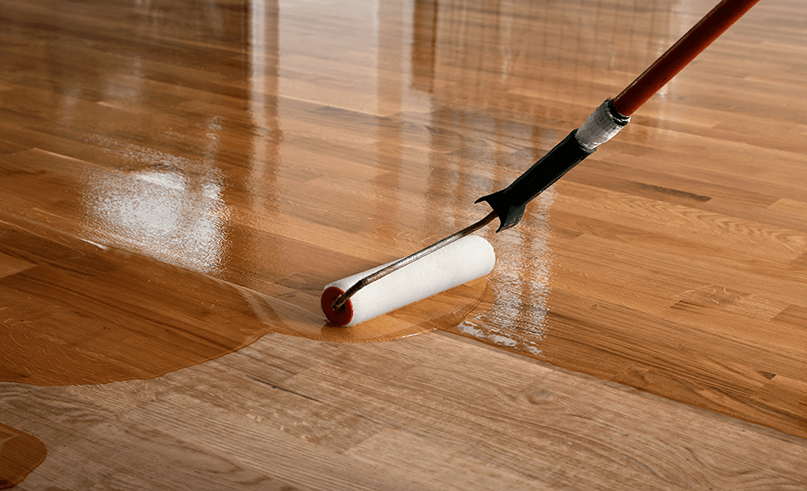
What Is Polyurethane?
Definition and Composition
Polyurethane is a synthetic resin used to protect and improve wood’s appearance. Think of it as a shield for your wooden creations. It’s made from a mix of stuff, mainly polyurethane resins, which can be either oil-based or water-based. The type of resin used affects how it looks and performs. Polyurethane is a pretty versatile contemporary varnish, and it’s become a go-to for lots of woodworkers.
How It Works on Wood
Polyurethane works by creating a hard, protective layer on the wood. This layer can be clear, showing off the wood’s natural beauty, or it can be tinted to add some color. The cool thing is that this layer isn’t just for looks; it also protects the wood from scratches, stains, and even moisture. It’s like giving your wood a suit of armor!
Benefits of Using Polyurethane
Why bother with polyurethane at all? Here’s the deal:
- It makes wood last longer by protecting it from wear and tear.
- It can make the wood look richer and more appealing.
- It helps keep moisture out, which is a big deal for preventing warping and rot.
I remember when I first started using polyurethane, I was amazed at how much better my projects looked and how much longer they lasted. It’s really a game-changer for woodworking. It’s not just about making things look pretty; it’s about making them last.
Here’s a quick comparison of polyurethane versus other finishes:
| Feature | Polyurethane | Varnish |
|---|---|---|
| Durability | High | Medium |
| Water Resistance | Excellent | Good |
| Finish | Can be clear or tinted | Typically clear |
| Application | Can be brushed, sprayed, or wiped | Can be brushed, sprayed, or wiped |
| Drying Time | Varies depending on type (oil or water-based) | Varies depending on type (oil or water-based) |
Types of Polyurethane
Polyurethane finishes aren’t all created equal. You’ve got a few main types to pick from, and each has its strengths and weaknesses. Knowing the difference can help you get the best results for your woodworking project. It’s not just about slapping something on and hoping for the best; it’s about understanding the material and how it interacts with the wood.
Oil-Based Polyurethane
Oil-based polyurethane is the old reliable. It’s known for its durability and the warm, amber hue it gives to wood. It penetrates the wood grain deeply, which is why many people like it. It’s tough, resists wear and tear, and is a good choice for floors or other surfaces that see a lot of action. The downside? It takes longer to dry, and it has a strong odor. You’ll want good ventilation and maybe even a respirator when you’re working with it. Think of it as the classic choice, but with a few quirks.
Water-Based Polyurethane
Water-based polyurethane is the modern alternative. It’s lower in odor, dries faster, and cleans up with just soap and water. Plus, it goes on clear and stays clear, which is great if you want to keep the wood’s original color. It’s a good choice for lighter woods or projects where you don’t want that amber tint that oil-based polyurethane resins can give. It might not be quite as durable as oil-based, but it’s still a solid option, especially for indoor projects. It’s the user-friendly choice, with fewer fumes and easier cleanup.
Water-Based Oil-Modified Polyurethane
This type tries to give you the best of both worlds. It’s a water-based formula with some oil added in. You get some of the durability of oil-based polyurethane, but with the lower odor and faster drying time of water-based. It’s a good compromise if you want something a little tougher than straight water-based, but you don’t want to deal with all the hassle of oil-based. It’s like the hybrid car of the polyurethane world – a bit of both, aiming for efficiency and performance.
Choosing between these types really depends on your project and your preferences. Think about how much durability you need, how important the color is, and how much you care about drying time and fumes. There’s no one-size-fits-all answer, so do your research and pick the one that’s right for you.
Choosing the Right Polyurethane
Okay, so you’re ready to slap some polyurethane on your woodworking project, but hold on a sec! Not all poly is created equal. Picking the right one can make or break your finish, so let’s break it down.
Interior vs. Exterior Use
This is a big one. Polyurethane for indoor use isn’t the same as what you’d use outside. Think about it: outdoor projects have to deal with sun, rain, snow, the whole shebang. Indoor stuff? Mostly just dust and the occasional spilled drink. For outdoor projects, you absolutely need a polyurethane with UV protection. Oil-based usually holds up better outside, but some water-based options are specifically formulated for outdoor use these days. Read the label carefully!
Gloss Levels
Okay, this is where personal preference comes in, but it’s still important. Polyurethane comes in different sheens, from super shiny to matte. Here’s the lowdown:
- High-Gloss: Super reflective, makes colors pop. Shows every. single. imperfection. Think fingerprints, scratches, the works. Not always the best for high-traffic stuff.
- Semi-Gloss: A little less shiny than high-gloss. Still shows some reflection, but hides imperfections a bit better. A good middle-of-the-road option.
- Satin: A soft, velvety sheen. Hides scratches and dents pretty well. A popular choice for furniture.
- Matte: No shine at all. Gives a very natural look. Great for hiding imperfections, but can sometimes look a little dull if you’re not careful. Consider the gloss levels carefully.
Application Techniques
How you apply the polyurethane matters just as much as what kind you use. Are you brushing, spraying, or wiping it on? Each method has its pros and cons. Brushing is good for small projects and gives you more control, but it can leave brush marks if you’re not careful. Spraying gives a super smooth finish, but you need the right equipment and ventilation. Wiping is easy and great for beginners, but it takes more coats to build up the same level of protection.
No matter what application technique you choose, preparation is key. Make sure your surface is clean, dry, and sanded smooth before you even think about opening that can of polyurethane. Trust me, it’ll save you a lot of headaches later on.
Benefits of Using Polyurethane in Woodworking
Polyurethane is a game-changer for woodworking projects. It’s not just about making things look pretty; it’s about making them last. Let’s break down the main reasons why woodworkers reach for polyurethane.

Benefits of Using Polyurethane in Woodworking
Durability and Protection
Polyurethane’s primary benefit is its ability to create a tough, protective layer. This shield guards against all sorts of everyday wear and tear. Think about it: furniture gets bumped, floors get walked on, and outdoor projects face the elements. Polyurethane helps wood withstand these challenges, extending the life of your creations. It’s a lot more than just a pretty face; it’s a workhorse.
- Resists scratches and abrasions.
- Protects against water damage.
- Shields from chemical spills.
Aesthetic Enhancement
Polyurethane doesn’t just protect; it also enhances the natural beauty of wood. It can bring out the grain, add depth, and provide a smooth, even finish. Whether you’re after a glossy shine or a matte look, polyurethane can deliver. It’s like giving your woodworking project a professional makeover. You can choose from different gloss levels to achieve the exact look you want.
Resistance to Environmental Factors
Wood is naturally susceptible to changes in humidity and temperature, which can cause it to warp, crack, or fade. Polyurethane acts as a barrier, minimizing these effects. This is especially important for outdoor projects or pieces that will be exposed to varying conditions. It helps maintain the integrity and appearance of the wood over time. Think of it as sunscreen for your wood, protecting it from the harmful effects of the environment.
Polyurethane’s resistance to environmental factors is a huge plus. It helps prevent moisture from seeping into the wood, which can lead to rot and decay. This is particularly important for outdoor furniture or anything that’s going to be exposed to the elements. It’s a simple way to add years to the life of your woodworking projects.
Common Applications of Polyurethane
Polyurethane is everywhere! Seriously, once you start looking, you’ll see it used in all sorts of projects. It’s not just for fancy woodworking either. From protecting your floors to giving furniture a nice sheen, polyurethane’s versatility is pretty impressive. Its durability and protective qualities make it a go-to choice for many applications.
Furniture Finishing
Polyurethane is a popular choice for furniture. It provides a tough, clear coat that protects against scratches, spills, and everyday wear and tear. Whether it’s a dining table, a dresser, or a coffee table, can help keep your furniture looking good for years. Plus, you can choose different sheens, like satin or gloss, to get the exact look you want. I used it on a table I refinished last year, and it still looks great, even with the kids using it every day.
Floor Coating
Hardwood floors take a beating, right? Polyurethane is often used as a floor coating because it’s super durable and can withstand heavy foot traffic. It protects the wood from scratches, moisture, and stains. Oil-based polyurethanes are generally considered more durable for floors, but water-based options are also available. Make sure you address common issues before applying!
Outdoor Projects
Polyurethane can also be used for outdoor projects, although it’s important to choose a product specifically designed for exterior use. These exterior polyurethanes contain UV inhibitors to protect against sun damage. Decks, fences, and outdoor furniture can all benefit from a coat of polyurethane, helping them withstand the elements and last longer. I’m planning on using it on my porch swing this spring to give it some extra protection.
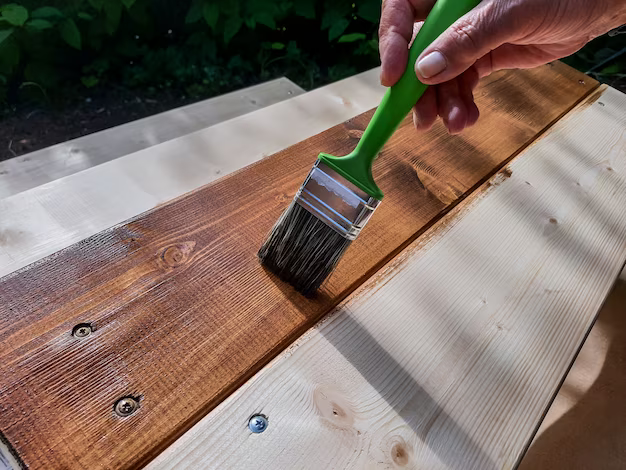
Application for the outdoor project
I remember when I first started using polyurethane. I was so nervous about messing it up, but it’s actually pretty easy to apply. Just make sure you prep the surface properly and apply thin, even coats. And don’t forget to wear a mask!
Special Considerations for Polyurethane</h2>
Different projects need specific things to get the best results with polyurethane. Here’s some advice for floors, furniture, and outdoor stuff.
Application for Floors
Floors get a lot of use, so you need tough polyurethane for flooring. Oil-based stuff is usually stronger for floors. Put on at least three coats to really protect it, and let each coat dry all the way before you do the next one.
Application for Furniture
When you’re doing furniture, think about the kind of wood, how you want it to look, and how much the piece will be used. People often like satin or semi-gloss for furniture because they look good and don’t scratch easily.
Application for Outdoor Projects
Outdoor projects need polyurethane that can handle the sun. Water-based oil-modified polyurethanes are great for the outside because they last and aren’t too bad for the environment.
When working with polyurethane, it’s important to consider the environment. Always ensure proper ventilation to minimize the inhalation of fumes, and wear appropriate protective gear, such as gloves and a respirator, to avoid skin contact and inhalation of harmful vapors. Proper disposal of used materials is also crucial to prevent environmental contamination.
Wrapping It Up
In summary, polyurethane is a fantastic option for anyone looking to protect and beautify wood surfaces. Whether you’re working on furniture, floors, or outdoor projects, this finish has got you covered. It’s tough, resistant to wear and tear, and comes in different types to suit your needs. Plus, it brings out the natural beauty of the wood. So, if you want your woodworking projects to last and look great, using polyurethane is the way to go.
Read more: What is Polyurethane Coating and Why You Should Consider It for Your Next Project


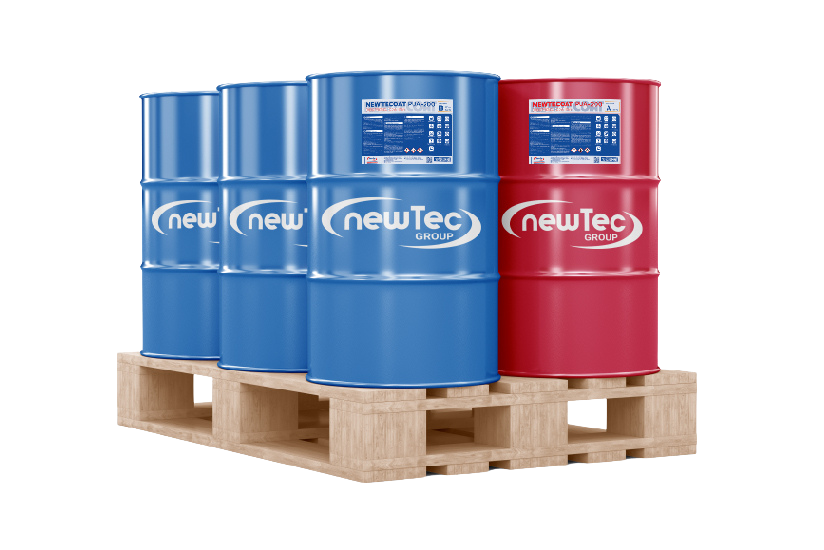
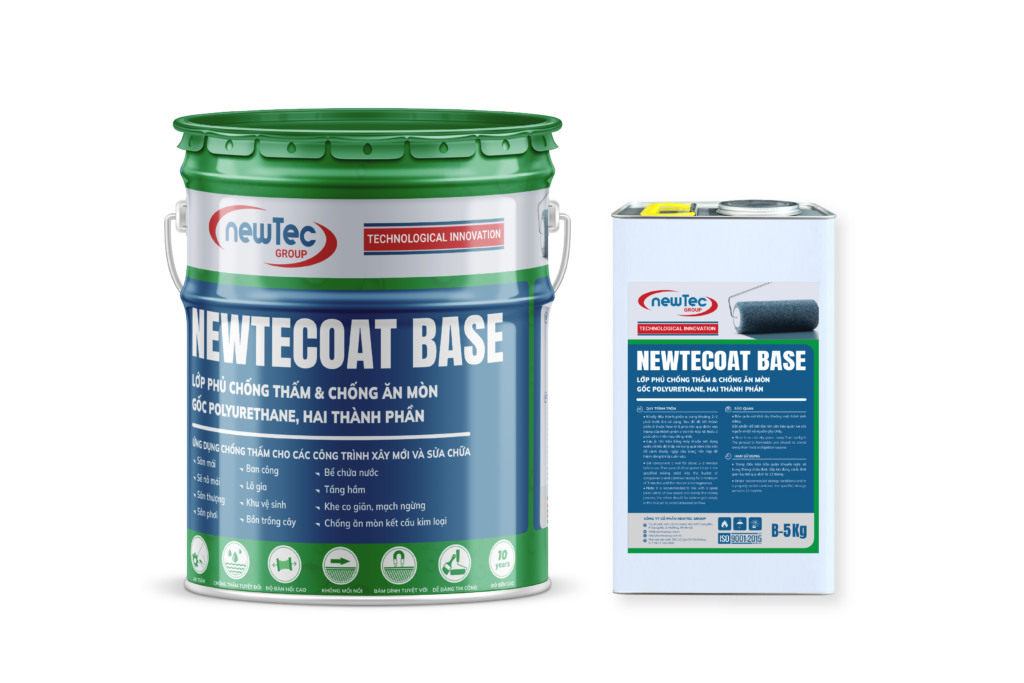
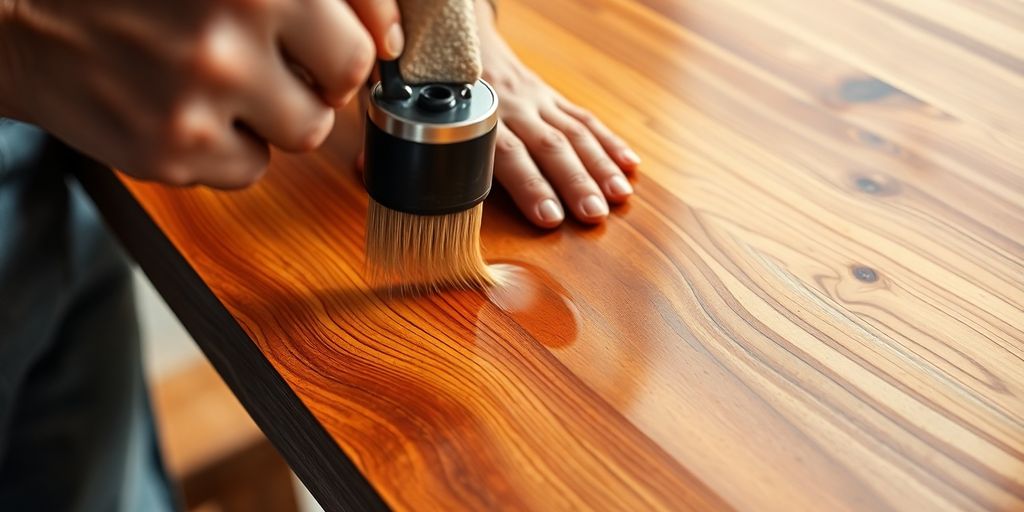
You may also be interested in
Understanding What Polyurethane Foam When Burned Gives Off: Health Risks and Safety Precautions
Polyurethane foam is commonly used in many products, from furniture to insulation. However, when it
May
Exploring the Question: Is Polyurethane Durable Enough for Everyday Use?
Polyurethane is everywhere, from the cushions on your couch to the insulation in your walls.
May
Exploring the Truth: Is Polyurethane Eco Friendly in Today’s World?
Polyurethane is everywhere these days, from your furniture to your sneakers, but is polyurethane eco
May
Trusted Polyurea Manufacturer for Philippines Supporting Industrial and Construction Excellence
The polyurea market in the Philippines is poised for significant growth from 2025 to 2031,
May
The Role of a Reliable Polyurea Manufacturer for Malaysia in Enhancing Construction Quality
Polyurea coatings have become increasingly vital in Malaysia’s industrial and construction sectors due to their
May
Reliable Polyurea Manufacturer for Cambodia Supporting Industrial and Construction Growth
Polyurea coatings are increasingly recognized for their vital role in the industrial and construction sectors,
May
Meet the Leading Polyurea Manufacturer for Thailand Powering Industrial Applications
Polyurea coatings have become an essential solution in various industrial sectors due to their exceptional durability, rapid curing times, and resistance to
May
Exploring Polyurea Manufacturer & Custom Coating Options in Southeast Asia
Polyurea coatings have become a game-changer in the protective coatings industry due to their remarkable
May